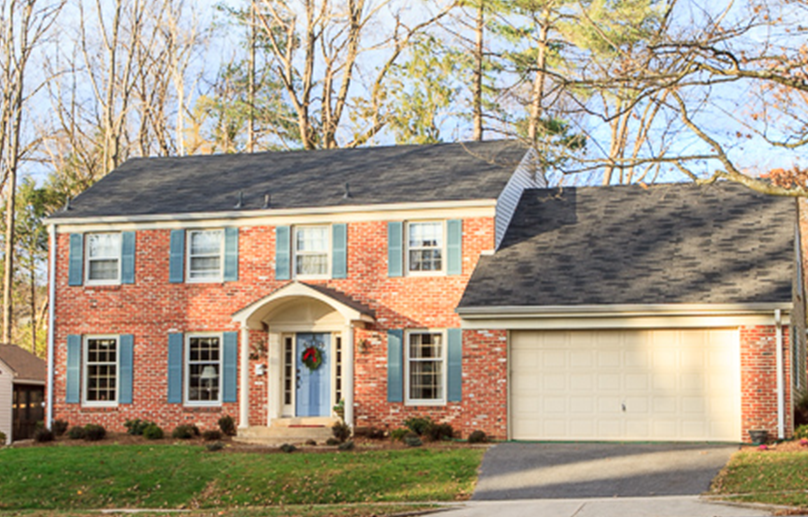
All Homeowners policies are very similar, yet they are also very different. Just like all people are very similar, we typically have two eyes, two ears, a nose, etc..., but we are all uniquely different. We can help you understand those differences so you can choose the policy that is right for you. If you have a home over $1M, you should probably review our High Value Homeowners page.
The most common miss-understanding about the Homeowners policy is the Dwelling limit. The insurance company will pay you to rebuild your home up to this limit. Most people think about the value of their home in regards to its "market value" or what they paid for the home. Homeowners policies don't say they will buy you a house if your home is destroyed, they say they will pay you to repair or replace your home. The reality is that the "market value" of your home has no bearing on your Dwelling limit. For example, if a prison were built near your home, your "market value" might drop, but a contractor would not charge you less to rebuild the home just because there were a prison nearby. Your Dwelling limit should include the cost to remove the debris, architect fees, permitting fees, and then the cost to rebuild your home using similar materials and construction. Homeowners premiums are based off this Dwelling limit, so when comparing policies, it is important to make sure you are quoting the same Dwelling limit.
Many companies will quote you very low Dwelling limits because that is all they expect to pay you to rebuild your home in the event of a total loss. Most of these companies simply do not understand how expensive it is to build in the DC metro area, especially the older homes. Most Homeowners policies are on a "Replacement Cost" basis, which means they pay claims based on the cost to repair or replace the damaged portion of your home without any deduction for depreciation. It is important to understand that even though you have "Replacement Cost" coverage, they still only pay up to your policy limit. Therefore, if you insure your home for $350,000, and after a covered loss it costs $500,000 to rebuild, they will only pay you $350,000. Many companies offer Extended Dwelling Replacement Cost, usually with a limit of 25% over your limit. In the example above, this would only increase your coverage up to $437,500, so you would still have to pay over $60,000 out of your own pocket.
You may think you are not likely to have a total loss, so as long as you have the $350,000 in coverage, you feel good about your policy. Unfortunately, pretty much all Homeowners policies have a coinsurance provision. This basically states that if you don't insure your home to within 80% of its' replacement cost value at the time of the loss, they only pay you the percentage you did insure for your partial loss. In other words, in our example above, you only insured the house to 70% of its actual cost to replace, so if you have a $50,000 loss, they would only pay you $35,000.
If you care to have your home properly insured, give one of our agents a call or complete our online quote form. We will take the time to get to know you and your home, so that we can help you find the right policy at the most competitive price.
Contact us today for more information about Homeowners Insurance or fill out our online quote form.